Tula Harkonnen sees a large ox in a pivotal scene in Dune: Prophecy episode 3, which has significant thematic meaning for House Harkonnen. 10,000 years earlier than Denis Villeneuve’s movies on Dune’s timeline, House Harkonnen and House Atreides are still at each other’s throats. Actors Olivia Williams and Emma Canning play Tula Harkonnen at different ages in Dune: Prophecy’s cast, exploring a complex supporting character who’s willing to commit extreme acts for her family, as exhibited by the mass murder of Orry Atreides and other members of his family in episode 3.
Dune: Prophecy’s episode 3’s ending shows how both sisters, Valya and Tula, are willing to commit drastic acts in the name of their families or for self-service. The younger Tula travels to Caladan, where she forms a romantic bond with young Orry Atreides, swearing her love to him under the guise of a different name. By the time she reveals that she’s secretly a Harkonnen, she’s already killed his family, and his death follows soon after. After the massacre, she sees an ox standing above her on a cliff, suggesting underlying meaning to her drastic action.
How The Ox Connects To House Harkonnen
House Harkonnen’s Etymology & Meaning Tie To The Ox
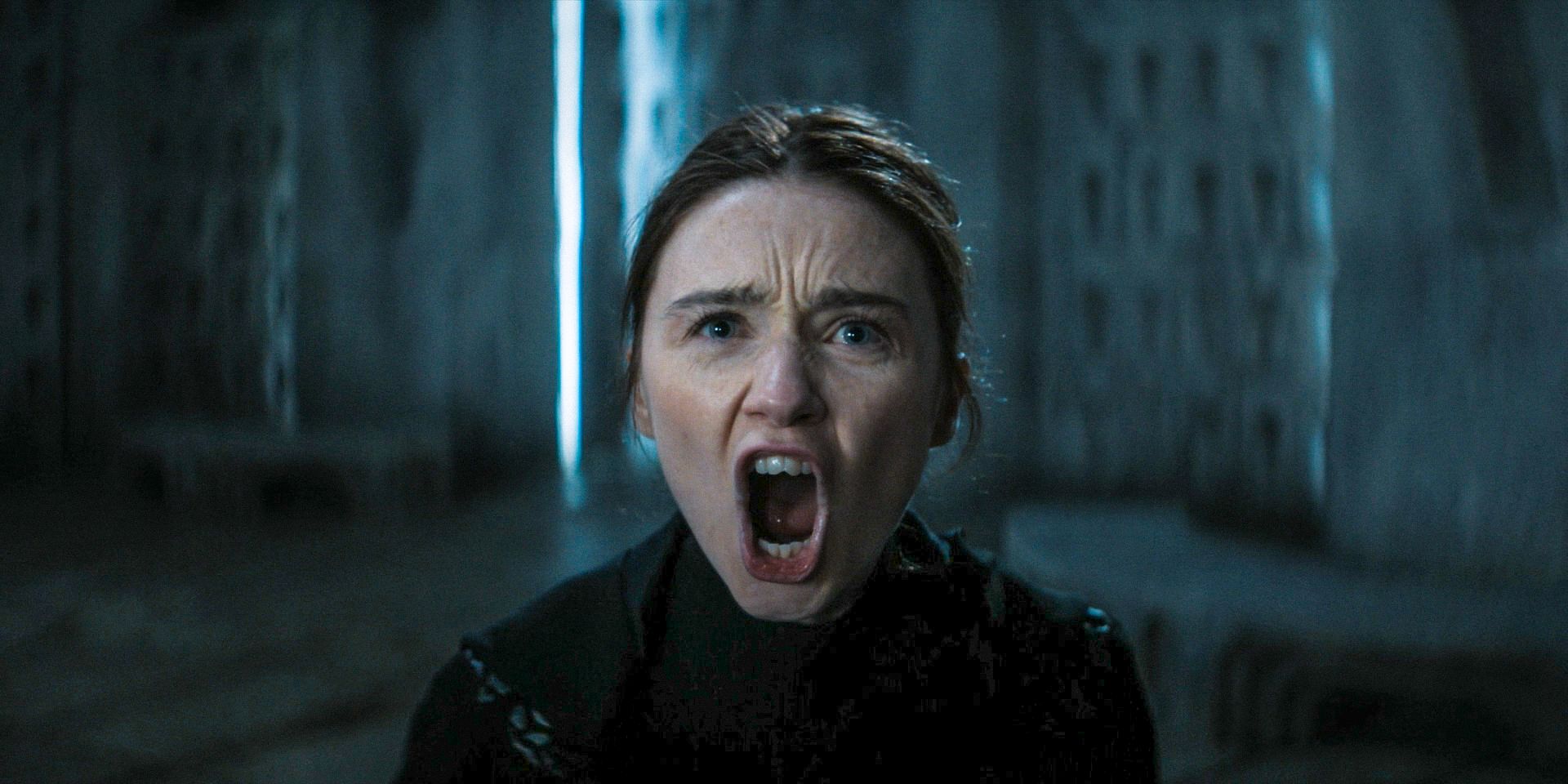
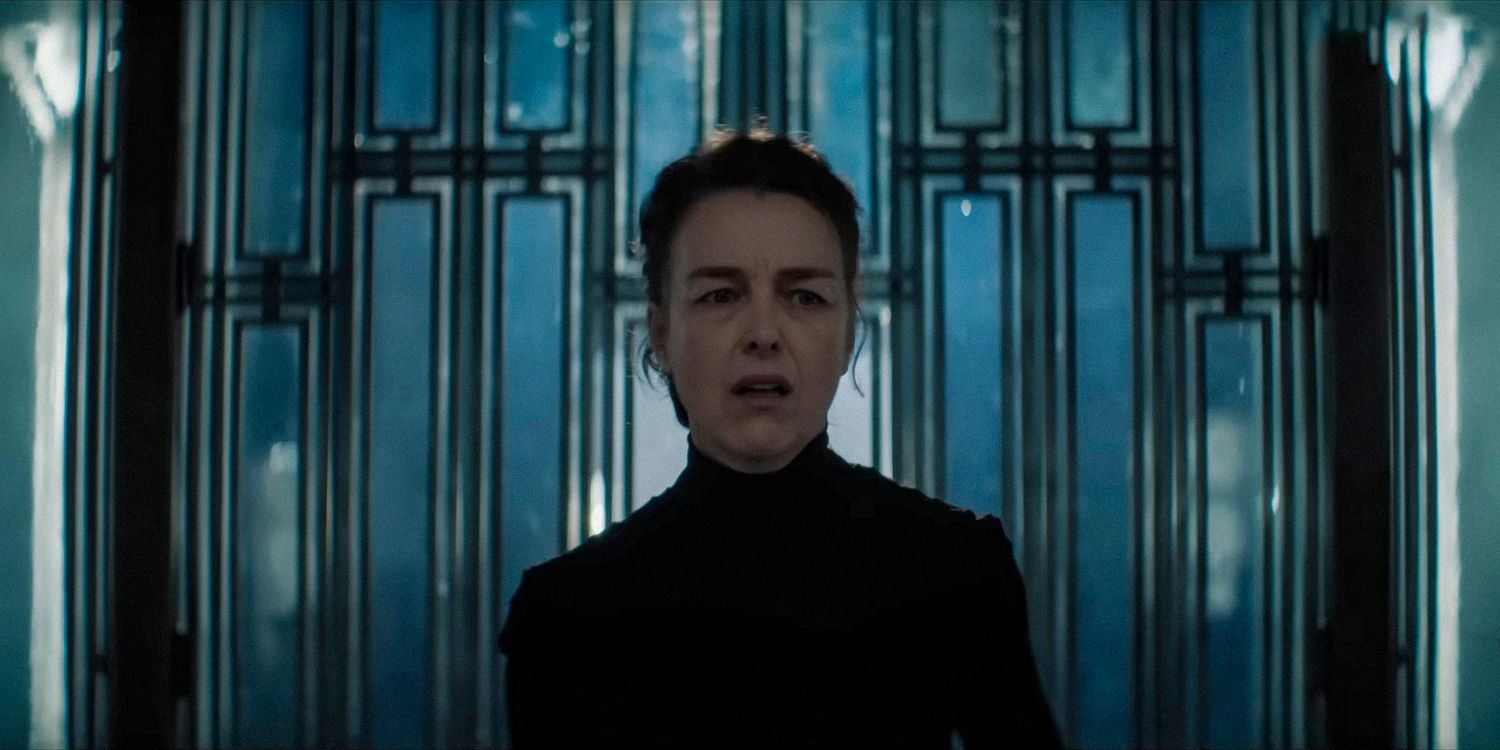
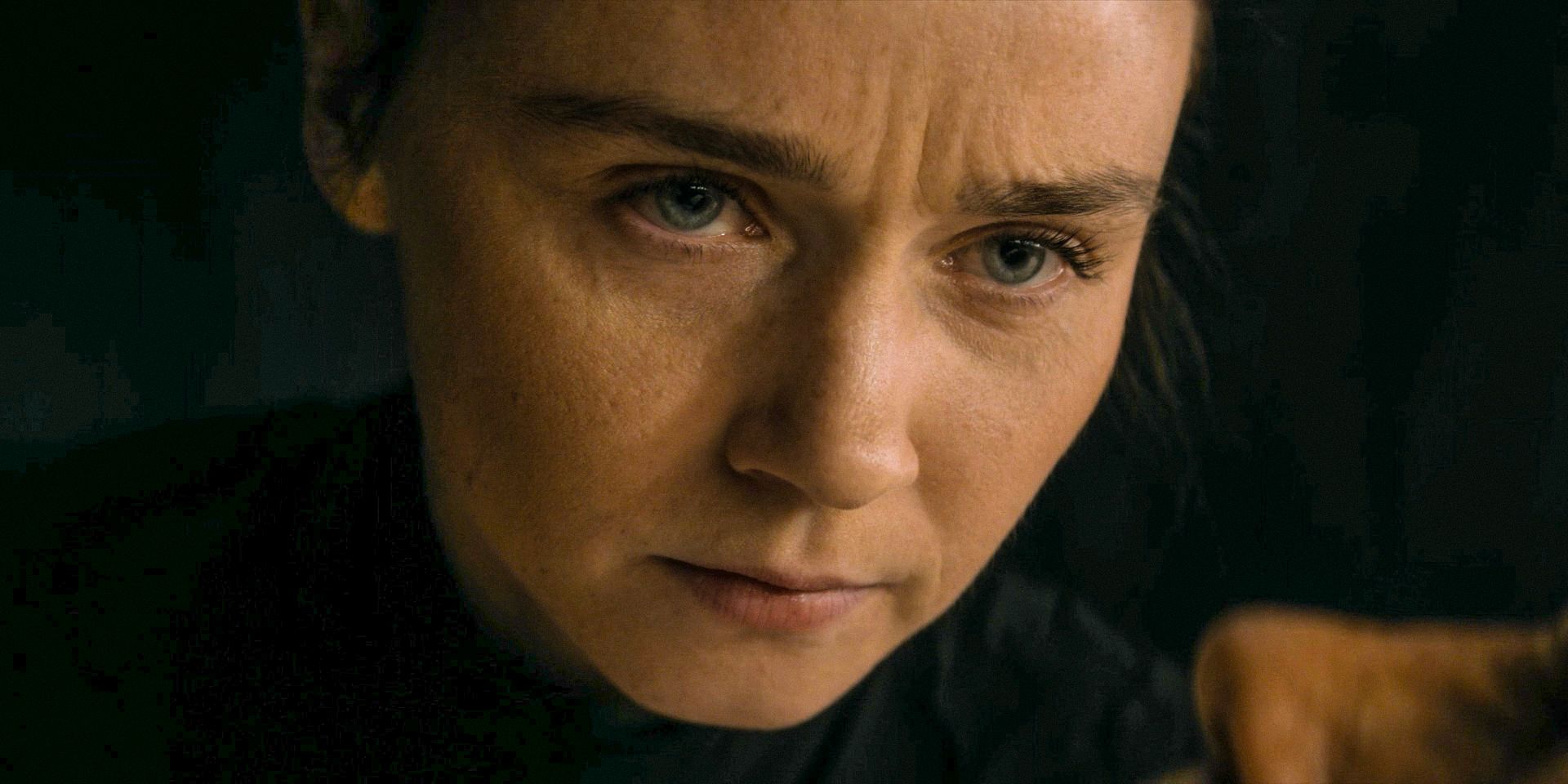
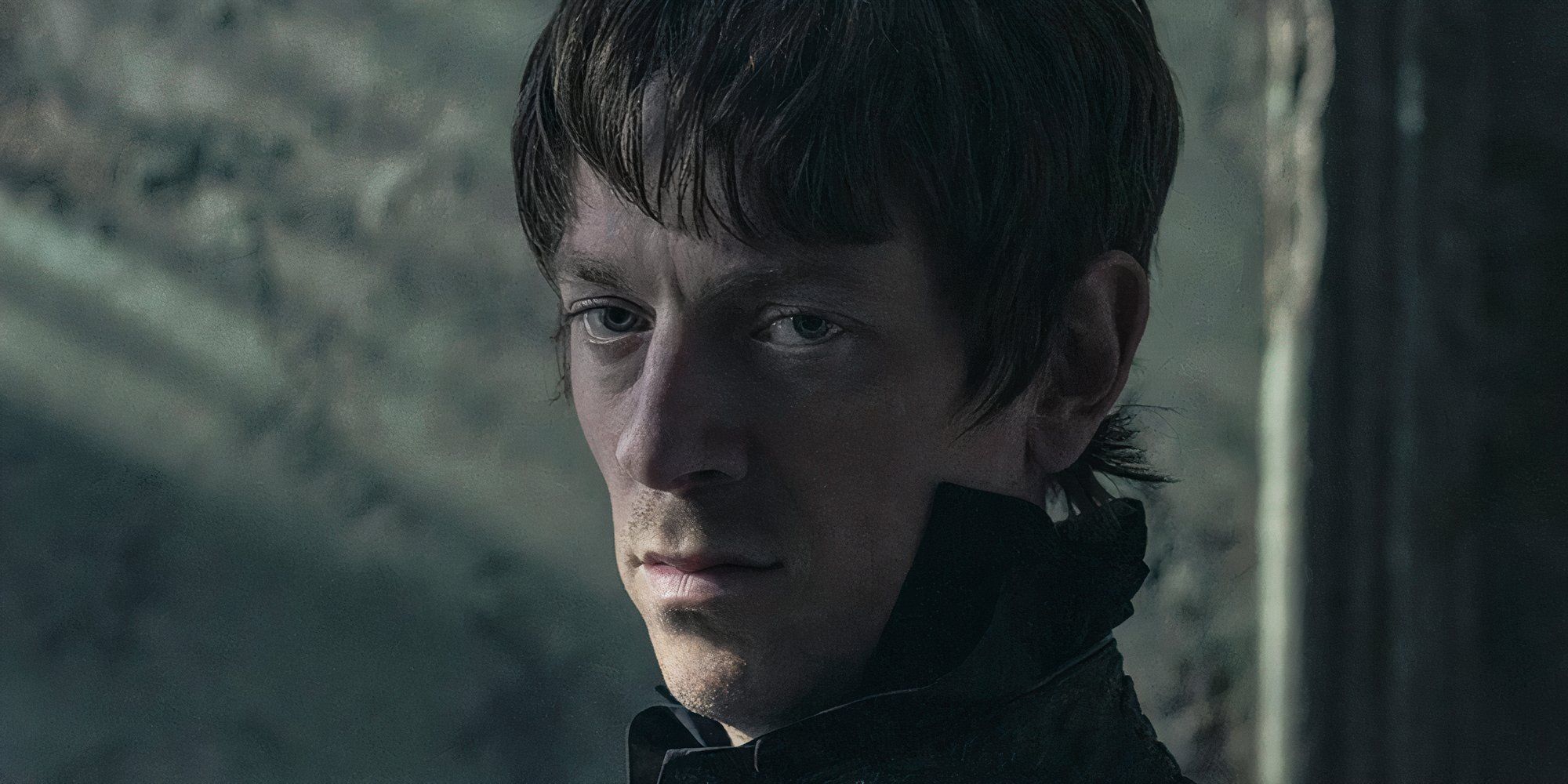
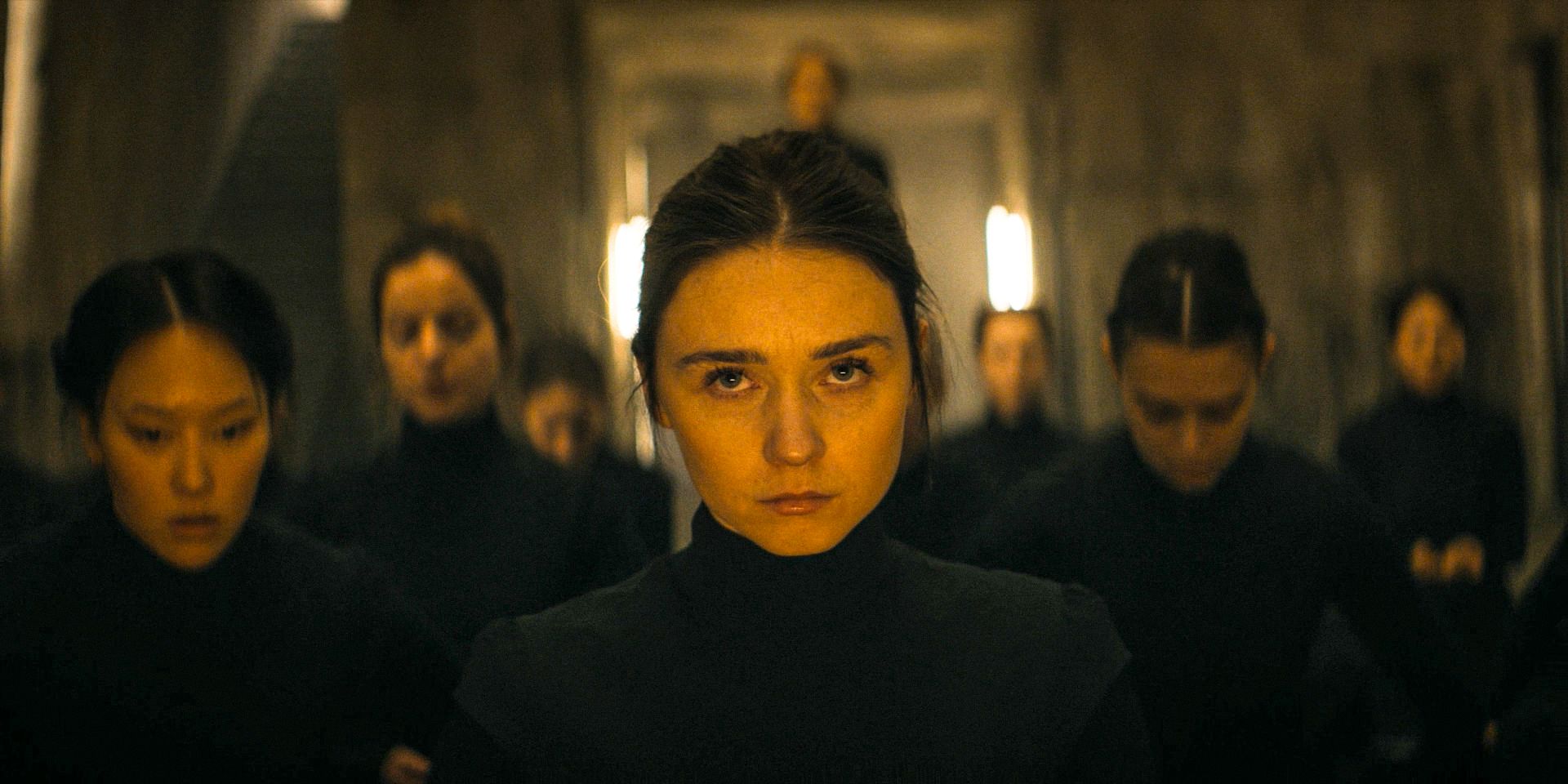
Before establishing what the ox means in the context of Dune: Prophecy, it’s important to understand its broader connections to House Harkonnen. The name comes from the Finnish name Härkönen, which is vitally derived from the word for “ox” or “Taurus,” härkä. House Harkonnen’s sigil in Dune canon is a griffin, though they’ve been depicted in various media with other banners, such as a ram in the Dune 2000 RTS game. Not to mention, griffins can sometimes be portrayed as horned creatures, tying back to the ox.
An ox is an animal typically associated with brute strength and stubbornness, characteristics that could easily be associated with someone like Valya or even Baron Vladimir Harkonnen.
So, while the ox isn’t necessarily the Harkonnen sigil, there’s meaning connected to the family name. An ox is an animal typically associated with brute strength and stubbornness, characteristics that could easily be associated with someone like Valya or even Baron Vladimir Harkonnen. All of this symbolism matters in Dune’s world, particularly in this moment, where Valya has avenged her dead brother by killing several members of House Atreides.
What Tula Seeing The Animal In Dune: Prophecy Means
The Ox Is A Symbol Of Harkonnen Strength
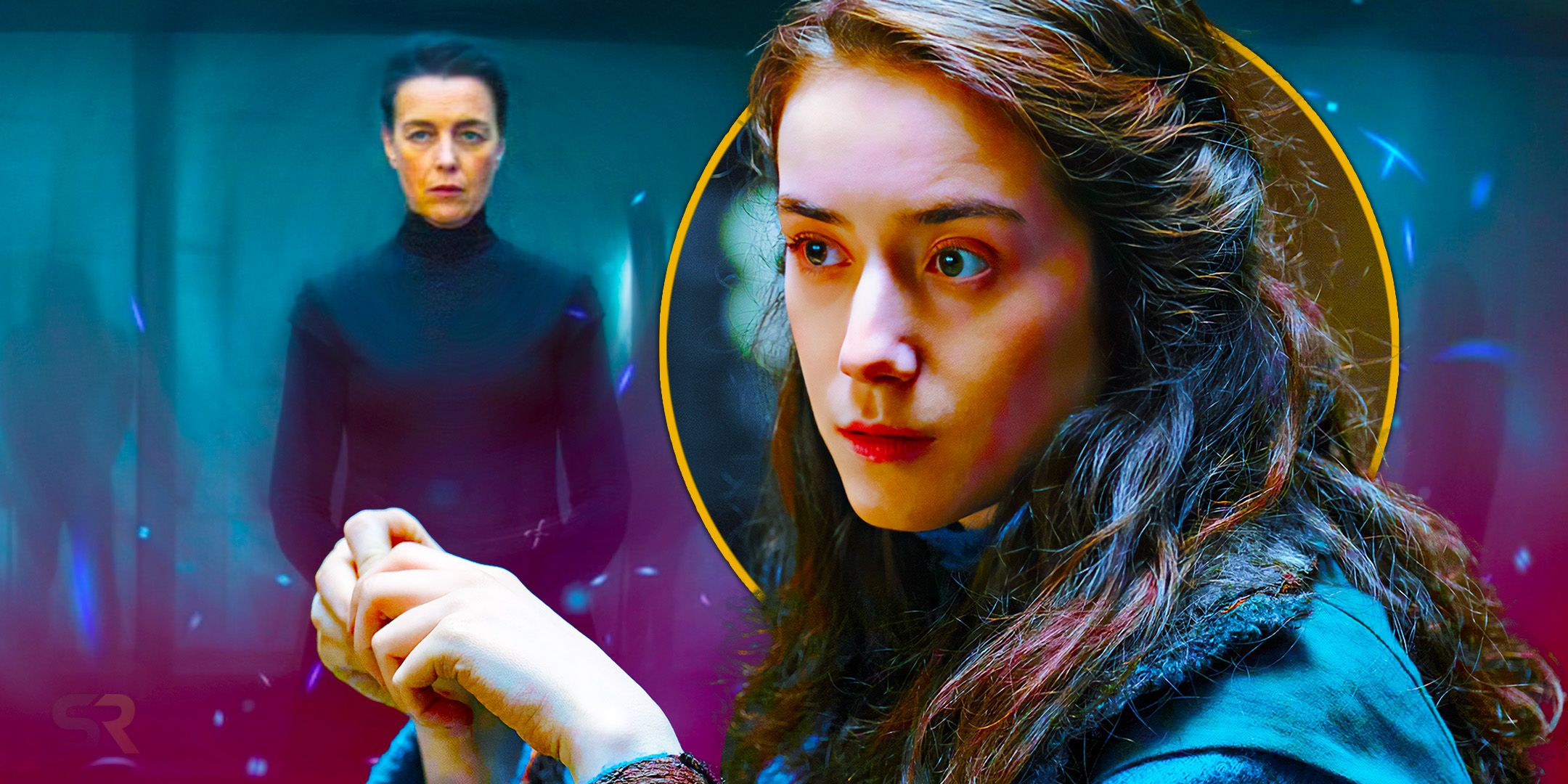
The ox arrives at this particular moment in Dune: Prophecy to bear witness to her act. Tula isn’t as much of a schemer or a go-getter as her older sister, but she proves her merits as a dangerous member of House Harkonnen by ruthlessly lying to Orry Atreides, earning his trust, and killing him and his family. Tula and Valya’s brother, Griffin Harkonnen, seems to have set out to face Vorian Atreides as Valya wanted and died in the process. Valya then plots Orry’s murder as vengeance, enlisting Tula to help her while she trains with the Sisterhood.
Tula kills Orry and the other members of House Atreides, earning her sister’s respect but also causing her to be shunned by the rest of her family. The ox is a symbol of House Harkonnen’s strength, which ties to the story in the present day, where Valya goes to meet her nephew and uncle for help. Valya and Tula’s uncle isn’t happy when they commit this atrocity against House Atreides, but playing dirty and using brute force to kill their enemies is what the Harkonnens are best at, as Frank Herbert explored in the original Dune novel.
How The Ox Connects Dune: Prophecy’s Harkonnens To The Movies
Baron Harkonnen Is Known For His Viciousness And Brute Force
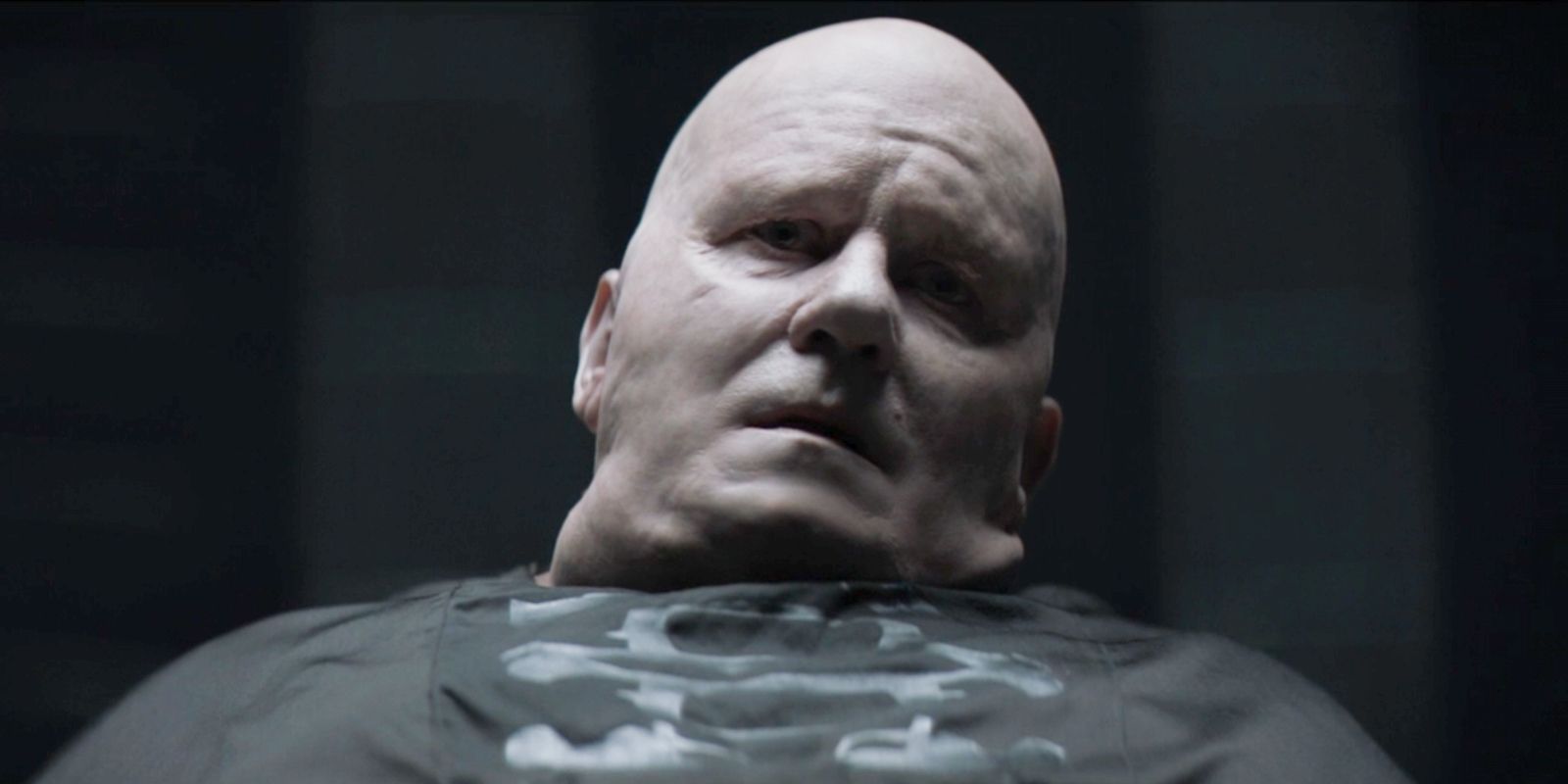
The Dune movies, as adaptations of Herbert’s novel, see House Harkonnen as vicious antagonists. Leto Atreides is a man of honor and integrity, and he’s captured and killed after a spy helps House Harkonnen attack Arrakis in the night. Characters like Baron Harkonnen and Feyd-Rautha are willing to use brute force and play dirty to get what they want. They don’t have a reputation of nobility to uphold, so they simply do what it takes to acquire power and influence in the imperium. Tula Harkonnen seeing the ox is a reminder of this.
Of course, the events of Dune happen 10,000 years later, but the point of episode 3 is to demonstrate who the Harkonnens are and always will be. Valya Harkonnen has her back against the wall after Desmond Hart has gotten her blacklisted from the Imperial Palace. Now, she’s turning to her family roots to fight back with viciousness and force. Valya may have made vows to the Sisterhood that tie her to the organization’s cause, but she’ll always be a Harkonnen with her own motives in Dune: Prophecy, as will Tula.





